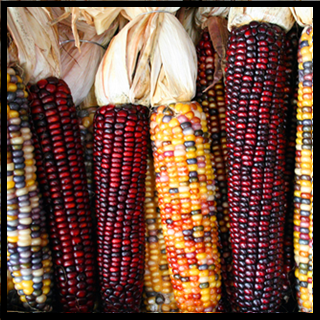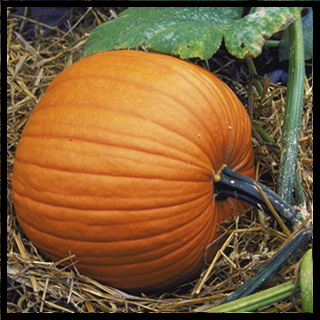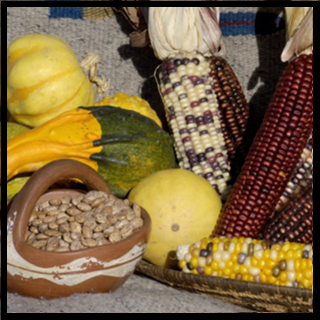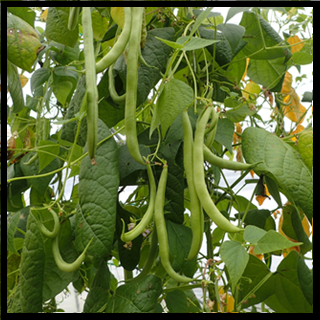The Three Sisters
When
explorers and colonists first came to America, they observed through
their European eyes how Mound Agriculture, as demonstrated by our
Nesnabek ancestors, could be very beneficial. It was Mound
Agriculture that enabled the “Pilgrims” to enjoy their Thanksgiving
feast. It was Mound Agriculture that fed the peoples of the Great
Lakes for generations.
The Three Sisters, Corn, Beans, and Squash were grown together
because they were able to care for each other like sisters. Corn is
tall and strong, and provides a base for climbing beans. Beans are
nitrogen, returning this valuable nutrient into the soil. Squash is
low with broad leaves providing shade and ground cover, helping the
soil to retain moisture. Working together, these three sisters
provided nutritious food while maintaining the fertility of the soil
for many years.
Many stories have been passed down to us by the elders about these
three sisters. For instance, did you know that the popular
Thanksgiving “Indian Corn” used mainly in our Thanksgiving
centerpieces, was once a reliable food for our ancestors? The
Neshnabek relationship with the plants was generations in the making
and over time they learned how to turn “Indian Corn” into a highly
nutritious food. They would cook the hard corn kernels with a
solution of water and sifted wood ashes. The ashes would become a
lye solution that would alkalize the corn. In doing so, the hard
hulls would slip off and the internal corn kernel would puff up and
become what is known today as hominy. “Yummy!”
The Colonists observed this Neshnabek process of “making hominy” and felt they could do better by using grinding wheels to process the corn down instead of alkalizing it. They quickly realized that the un-alkalized corn was not providing enough protein and niacin, and as a result, diseases such as pellagra and kwashiorkor became harsh realities of life in the colonies and abroad where corn was exported.
There is so much to learn from our ancestors and their spiritual connection to all living things. I now have a greater appreciation for The Three Sisters and our Nesnabek ancestors, and I hope you do as well.
I am especially drawn to the teachings on the "Three Sisters" because I am one of three sisters, and totally relate to "sisters caring for each other". I have paraphrased some to blend selected excerpts chosen from the writings of Don Perrot (Neaseno), with his permission, of course. I am honored to have studied the Bodéwadmi language under Don and his wife for about 2 years. They are wonderful people who devote most of their lives to teaching our native language. Visit his fabulous website at: http://www.neaseno.com to learn more about him. Migwech Neaseno!
More educational stories and information coming soon!






